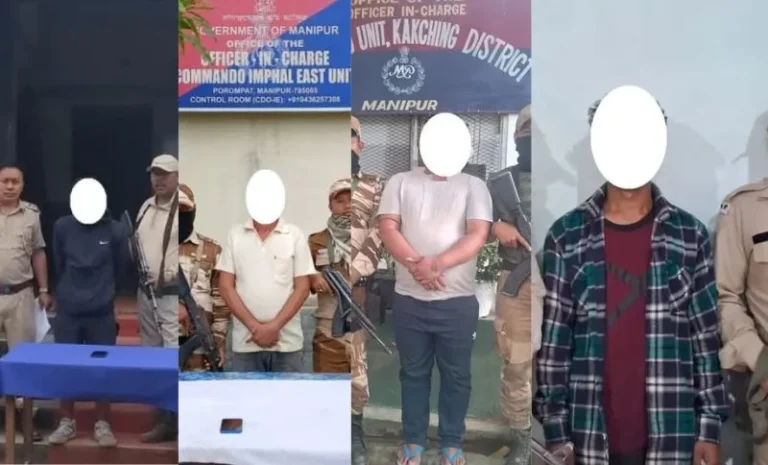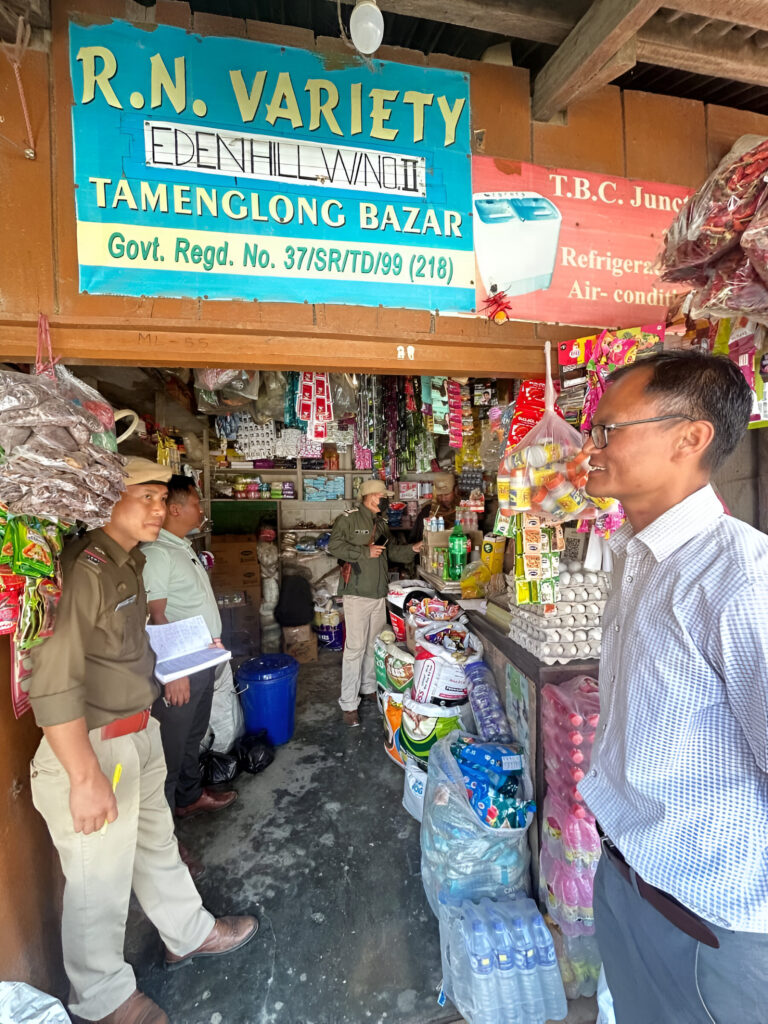Rajinikanth’s House Flooded as Heavy Rains Bring Chennai to a Standstill
Summary
Chennai, India, experienced torrential rains that have left the city submerged in water. The extreme weather has impacted various neighborhoods, including the residence of superstar Rajinikanth. Streets are flooded, transport is crippled, and daily life has come to a halt as the city struggles to cope with the aftermath of continuous downpours. The authorities are working tirelessly to address the flooding, while Rajinikanth’s house has also reportedly been affected by the rising waters.
Introduction: Chennai Struggles Under Relentless Rain
If you’ve ever visited Chennai during monsoon season, you know just how unpredictable the weather can be. But the rains that hit the city recently? They were something else. On October 16, 2024, the city of Chennai was brought to a standstill after heavy rains lashed the city overnight. This wasn’t just a quick shower; it was a relentless downpour that lasted for hours, flooding streets, disrupting daily life, and leaving people stranded in their homes.
Among the many affected by the rain was none other than Tamil superstar Rajinikanth. His residence, like many others, fell victim to the rising waters. Chennai has seen floods before, but this particular episode seemed to highlight just how vulnerable even the city’s most prominent figures are when nature takes over.
But this story isn’t just about Rajinikanth’s flooded home. It’s about how Chennai, a vibrant city, found itself submerged, and how its residents, including the most famous among them, are dealing with this crisis.
The Flooding Situation in Chennai: What Happened?
Chennai is no stranger to heavy rain, especially during the monsoon season. However, the recent rains seem to have taken everyone by surprise with their intensity. Starting late in the evening, the downpour lasted well into the next morning, leading to significant waterlogging in various parts of the city.
Rajinikanth’s Residence Impacted
Rajinikanth, known for his blockbuster movies and larger-than-life persona, suddenly found himself in a situation no one would expect—a flooded home. The superstar’s residence is located in a well-to-do area of Chennai, but even that didn’t protect him from the floodwaters. Reports suggest that his home and the surrounding neighborhood faced significant waterlogging, and rescue teams were called in to assist in draining the water.
This incident serves as a reminder that nature is an equalizer—no matter who you are, extreme weather doesn’t discriminate.
Chennai’s Struggle with Infrastructure
So, why did Chennai flood so badly? The answer lies partly in the city’s infrastructure. Chennai, like many other Indian cities, is grappling with a rapidly expanding urban population and aging infrastructure. The drainage systems in many areas are simply not equipped to handle such large volumes of water in a short period.
Coupled with clogged stormwater drains and unplanned urbanization, the city becomes highly prone to flooding, especially when there’s consistent rain over a long period.
The Impact on Daily Life: A City Paralyzed
Public Transport Crippled
One of the most immediate impacts of the heavy rain was on Chennai’s public transport system. The city’s buses, trains, and even flights were affected as the waterlogged streets made it impossible to commute. For daily wage workers and office-goers alike, the rain brought everything to a halt.
Local authorities were quick to deploy disaster response teams, but it wasn’t enough to prevent the chaos that ensued. Commuters stranded on the road, cars submerged in water, and metro services suspended—these were just some of the visuals that emerged from this chaotic day in Chennai.
Businesses and Schools Shut Down
Many businesses in the city had to remain shut due to the flooding. Schools and colleges were also closed, and parents scrambled to keep their children safe at home. In a city that prides itself on resilience, the disruption was a stark reminder of how nature can take over, even in a bustling metropolis like Chennai.
Emergency Services: A Ray of Hope
The silver lining? Chennai’s emergency services worked round the clock to address the crisis. Teams from the Chennai Corporation, disaster management authorities, and the National Disaster Response Force (NDRF) were deployed to assist with evacuation and relief efforts. These brave men and women worked tirelessly to help people out of waterlogged areas, ensuring that essential services were provided to those in need.
What Caused Such Intense Flooding?
Climate Change: A Growing Reality
One of the major factors contributing to the intense rainfall in Chennai could be climate change. Experts have long warned that the frequency and intensity of extreme weather events will increase as global temperatures rise. Chennai’s floods are just another example of how urban areas, particularly coastal cities, are vulnerable to the effects of climate change.
Global warming has led to erratic weather patterns, and cities like Chennai, with poor drainage systems and high population density, are paying the price. While the immediate concern is relief and rescue, this incident is a wake-up call for policymakers to invest in long-term solutions that can mitigate the effects of such events in the future.
Urban Planning Woes
Another contributing factor to the flooding is the poor state of urban planning in Chennai. Over the years, the city has expanded rapidly, with large parts of it being developed without adequate planning for drainage and water management. As a result, when there’s heavy rain, the city’s drainage systems are unable to cope, leading to waterlogging.
The presence of illegal constructions, especially on wetlands and natural drainage areas, has only made matters worse. The encroachment on water bodies and marshlands has reduced the city’s capacity to absorb excess water, leading to severe flooding during heavy rains.
How the City is Coping: Relief and Recovery Efforts
In the immediate aftermath of the flooding, relief efforts have been launched across the city. The Tamil Nadu government, along with local civic bodies, has set up emergency shelters for those displaced by the floods. Food, water, and medical supplies are being distributed to affected areas, and NGOs have also stepped in to offer assistance.
Rajinikanth’s Response: A Symbol of Resilience
While Rajinikanth’s home was flooded, the actor has reportedly expressed gratitude to the emergency services for their quick response. His team has also been working to provide aid to others affected by the floods. Known for his philanthropy, Rajinikanth has long been involved in various charitable activities, and it wouldn’t be surprising to see him contribute to flood relief efforts in the coming days.
In a city that reveres him as a cultural icon, Rajinikanth’s calm and composed response to the flooding serves as an inspiration to many who are also dealing with the challenges brought by the rain.
The Road Ahead: What Needs to Change?
While the immediate focus is on relief efforts, there are long-term lessons that Chennai—and other Indian cities—need to learn from this event.
Improving Urban Infrastructure
First and foremost, there needs to be a focus on improving urban infrastructure. Chennai’s drainage system needs a significant overhaul to handle the increased water load that comes with heavy rainfall. Investments in sustainable urban planning, including the protection of wetlands and natural water bodies, can go a long way in preventing future flooding.
Climate Resilience Planning
Secondly, cities like Chennai need to start planning for the future with climate resilience in mind. This includes building climate-resilient infrastructure, promoting sustainable development, and ensuring that the city is prepared for extreme weather events like floods and cyclones.
The government, in collaboration with civil society, needs to come up with comprehensive disaster management plans that focus not just on immediate relief but also on long-term resilience.
Conclusion: A City Under Water, But Not Defeated
Chennai’s floods are a reminder of the challenges that come with living in a city susceptible to heavy rains and poor drainage. But, as always, the city’s residents have shown resilience in the face of adversity. Whether it’s Rajinikanth or the millions of ordinary citizens who dealt with flooded homes and streets, Chennai is picking itself up and moving forward.
While immediate relief efforts are underway, there’s a growing recognition that long-term changes are needed to prevent such incidents from happening again. As the city dries off and returns to normalcy, one thing is clear: Chennai is down but far from out.
FAQs
- How badly was Rajinikanth’s house affected by the floods?
Rajinikanth’s house experienced significant waterlogging, but emergency teams were quick to assist. - What caused the severe flooding in Chennai?
The flooding was caused by heavy rains coupled with poor drainage systems and unplanned urban expansion. - How is the Tamil Nadu government responding to the floods?
The government has launched relief efforts, including setting up emergency shelters and distributing essential supplies to affected areas. - Is climate change responsible for the increased intensity of rains?
Experts believe that climate change is a contributing factor, leading to more frequent and intense weather events like heavy rains. - What are the long-term solutions to prevent future flooding in Chennai?
Long-term solutions include improving urban infrastructure, protecting wetlands, and building climate-resilient infrastructure.




